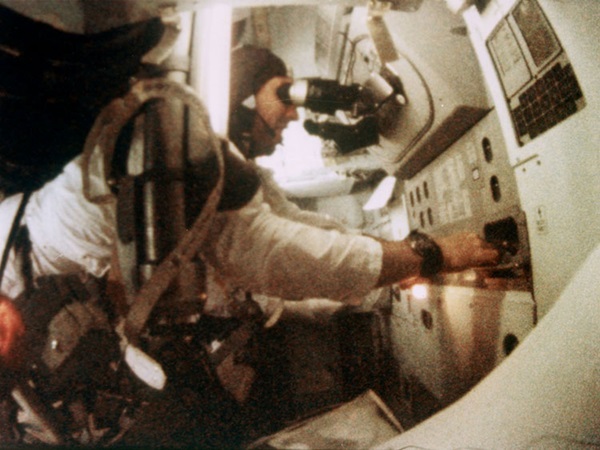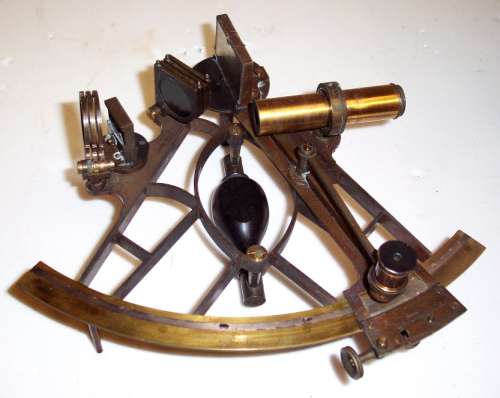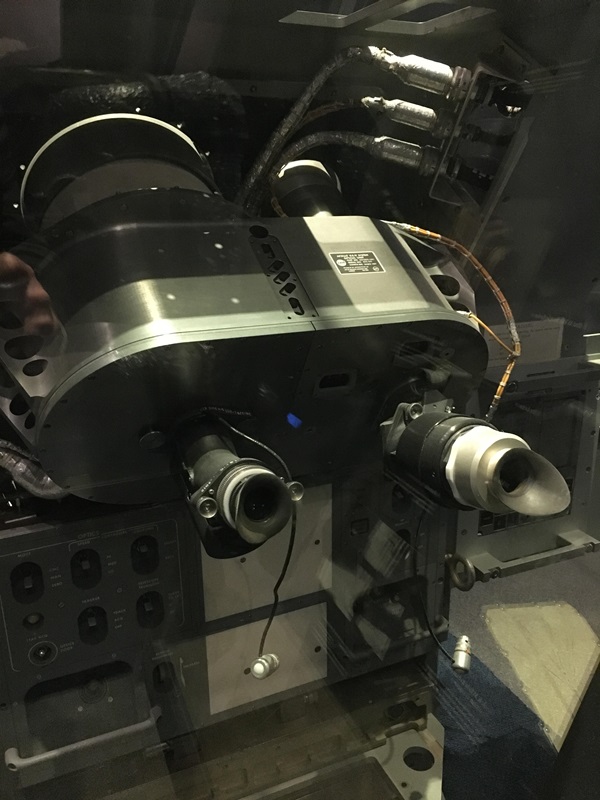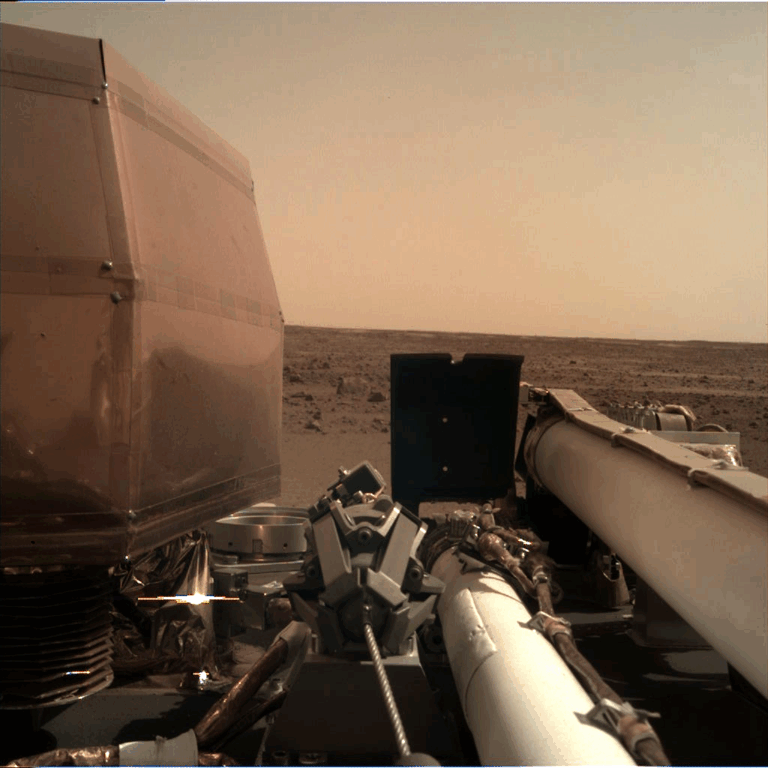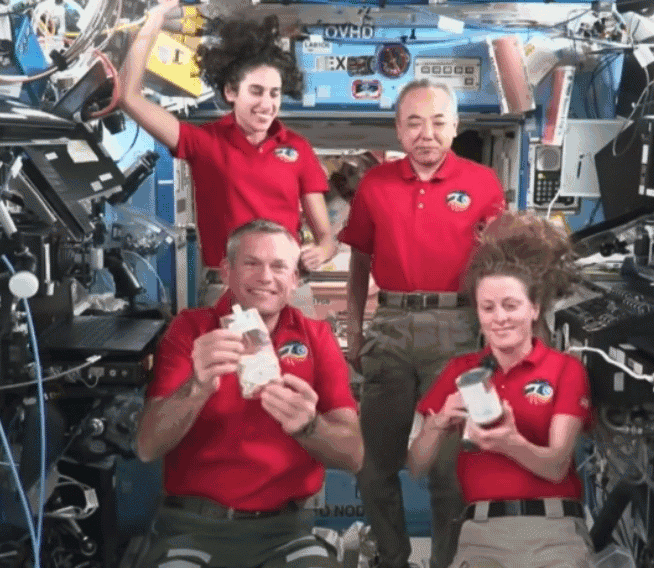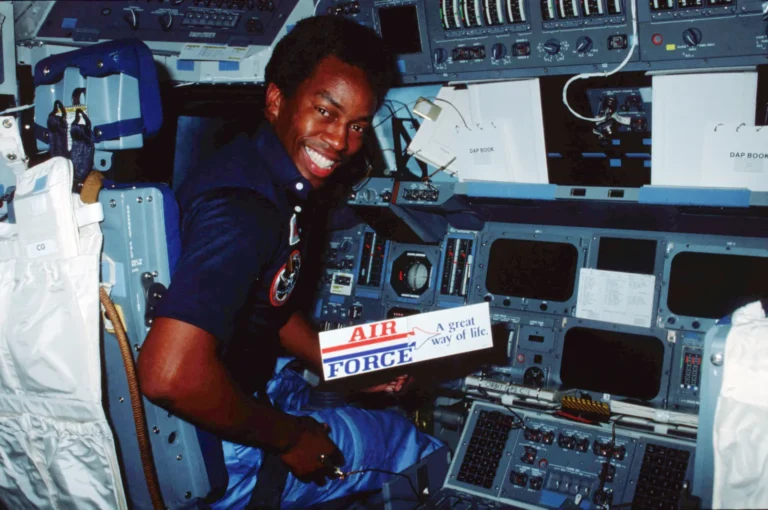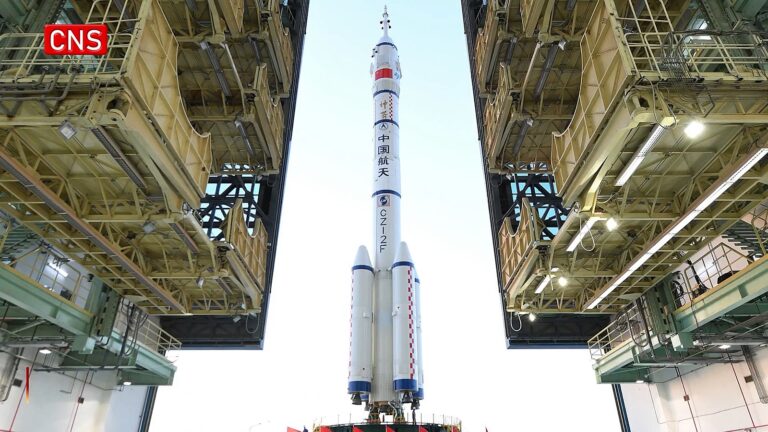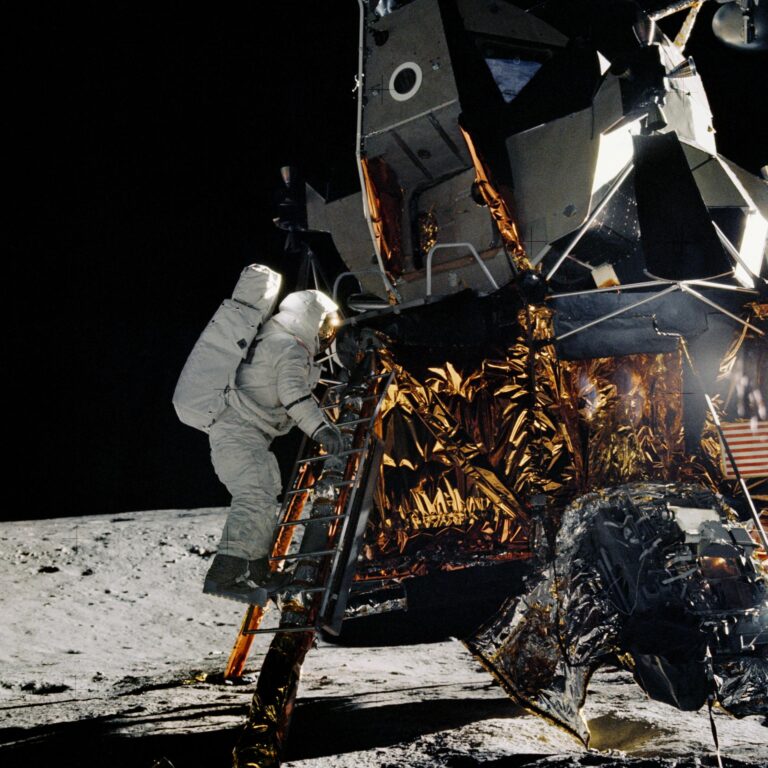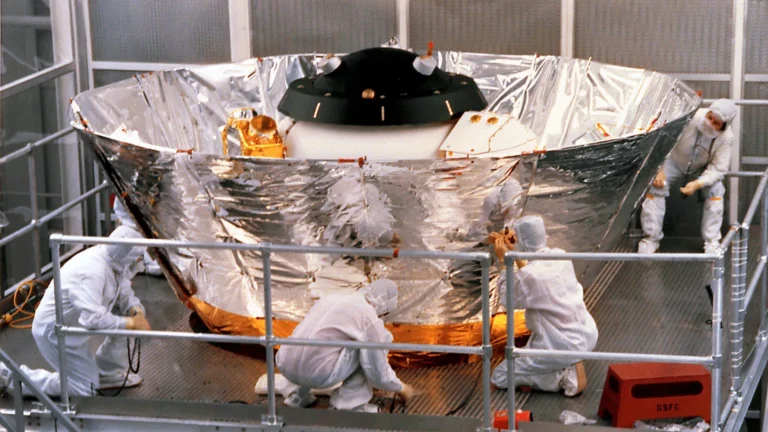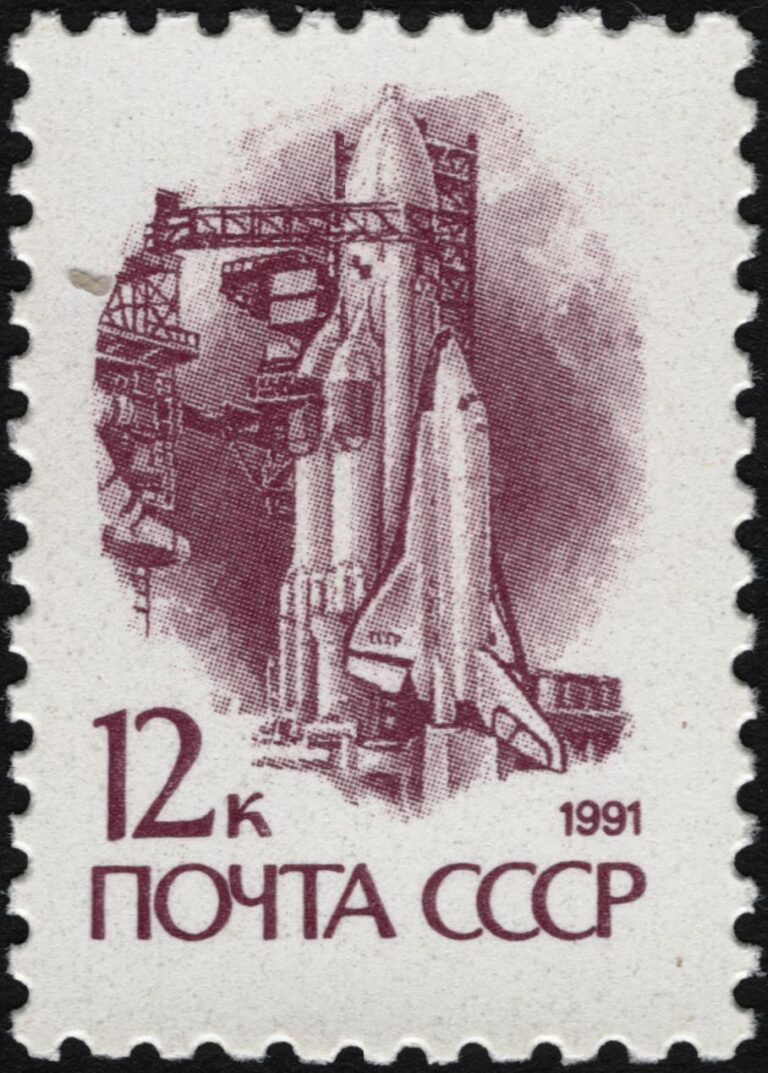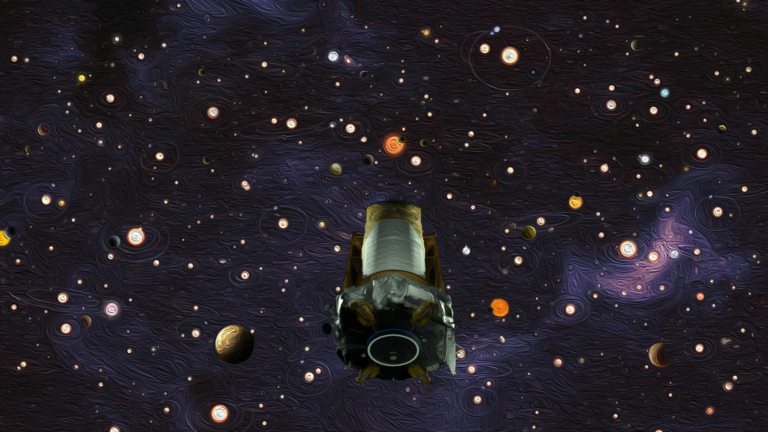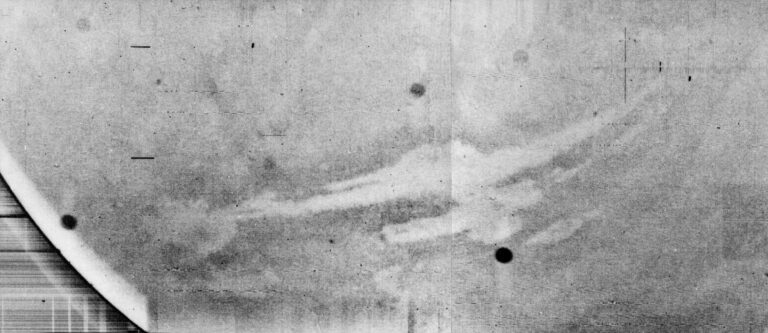Key Takeaways:
- The Apollo program utilized a sextant, a centuries-old navigational instrument, as a backup guidance and navigation system in the Command Module, independent of the Apollo Guidance Computer (AGC) and ground communications.
- The Apollo sextant comprised a 1x wide-field telescope for target acquisition and a 28x telescope for precise angular measurements, enabling the AGC to calculate the spacecraft's position and orientation in various mission phases, including Earth and lunar orbits, and interplanetary transit.
- The sextant's functions varied depending on the mission phase: determining altitude and position in orbit, and attitude, position, and velocity during transit to and from the Moon. Its use was critical for accurate course corrections and orbital insertion.
- Despite advanced technology, the sextant served as a crucial failsafe, particularly valuable in cases of communication disruptions or power failures, and was used by astronauts throughout the Apollo program, notably during Apollo 8's circumlunar flight.
Sextants measure the angular distance between two different objects — usually distant stars, although on Earth the Sun and Moon can be used as navigational aids as well. Information derived from sextants can be used to identify one’s position on a map or chart and is vitally important when no land is in sight. Sextants were widely adopted after their introduction in the 1700s, as they could be used day or night and operated even aboard a shifting or unstable platform. Sextants have been used for centuries on Earth, usually aboard ships at sea, but they function aboard aircraft as well (early versions of the venerable Boeing 747 even came equipped with a sextant port for making optical sightings). From a practical point of view, sextants require no power and work independently of other navigational systems, and as such can be employed as a failsafe if electrical power and/or communications fail. The Apollo sextant played just this role, working with the AGC and often functioning as a navigational aid. Ground-based personnel compared their computed results to those obtained via the sextant as a further backup.
The Apollo sextant combined two separate optical devices that worked in conjunction as a functioning sextant: a 1x wide-field telescope (which was used to identify a target constellation or a single star) and a 28x telescope (which was used to make the actual angular measurement). Based on this measurement, which was extremely precise, the AGC could then compute the position of the Command Module based on previously stored data. Over the course of an entire mission, constellations, stars, Earth, and the Moon itself were all targets of the sextant.
A multipurpose tool
The Apollo sextant was used in Earth and lunar orbit, as well as while en route between Earth and the Moon. It played different roles in each of those contexts: in orbit around Earth or the Moon, the sextant could be used to compute the spacecraft’s altitude and position; whereas in transit between Earth and the Moon, it could be used to compute the spacecraft’s attitude (orientation), position, and velocity. A proper attitude during the flight to and from the Moon was critical for accurate course corrections and burns to reach the Moon and correctly insert the spacecraft into the desired lunar orbit.
The device was used repeatedly throughout the Apollo program across many phases of the missions, up to and including re-entry. Although all Apollo astronauts trained to some extent in the use of the sextant, it was perhaps most famously used by Jim Lovell aboard Apollo 8 during its circumlunar flight. The device was integrated into the manned spaceflight program before NASA realized how much the astronauts would depend on help from ground crew and at a time when there were real fears about the Soviet Union trying to “jam” communications between Ground Control and the astronauts to foul a space mission.
(While it may seem silly to think this way now, it’s worth remembering that the Space Race took place at the very height of the Cold War, when such concerns were widespread and taken very seriously.)
The sextant could also be used as a simple telescope when needed. In July 1969, Michael Collins tried — without success — to use the Apollo 11 sextant to find the Lunar Module Eagle in the Sea of Tranquility after landing. His failure probably stemmed from the fact that Neil Armstrong had piloted the craft to a site about four miles (six kilometers) from the intended landing zone. In November 1969, during the Apollo 12 mission, Richard Gordon was able to use the 28x telescope portion of the sextant in the Command Module Yankee Clipper to clearly see the,Lunar Module Intrepid and the nearby Surveyor probe in the Moon’s Ocean of Storms after Pete Conrad and Alan Bean landed.
For those curious to see the sextant in use, a video made by NASA is embedded below and an episode of the 1998 miniseries about the Apollo program, “From the Earth to the Moon,” features a scene of Lovell operating the sextant during Apollo 8.
While manned missions to the Moon or even Mars are years away, it seems likely that future astronauts traveling to these destinations would be wise to bring along a sextant given the accuracy, ease of use, and value of such a device in addition to whatever other technology they carry with them. Sometimes the old ways really are the best.

You can follow mankind’s journey to the lunar surface in our free downloadable eBook containing several stories from Astronomy‘s archives: Project Apollo: Reaching for the Moon.

